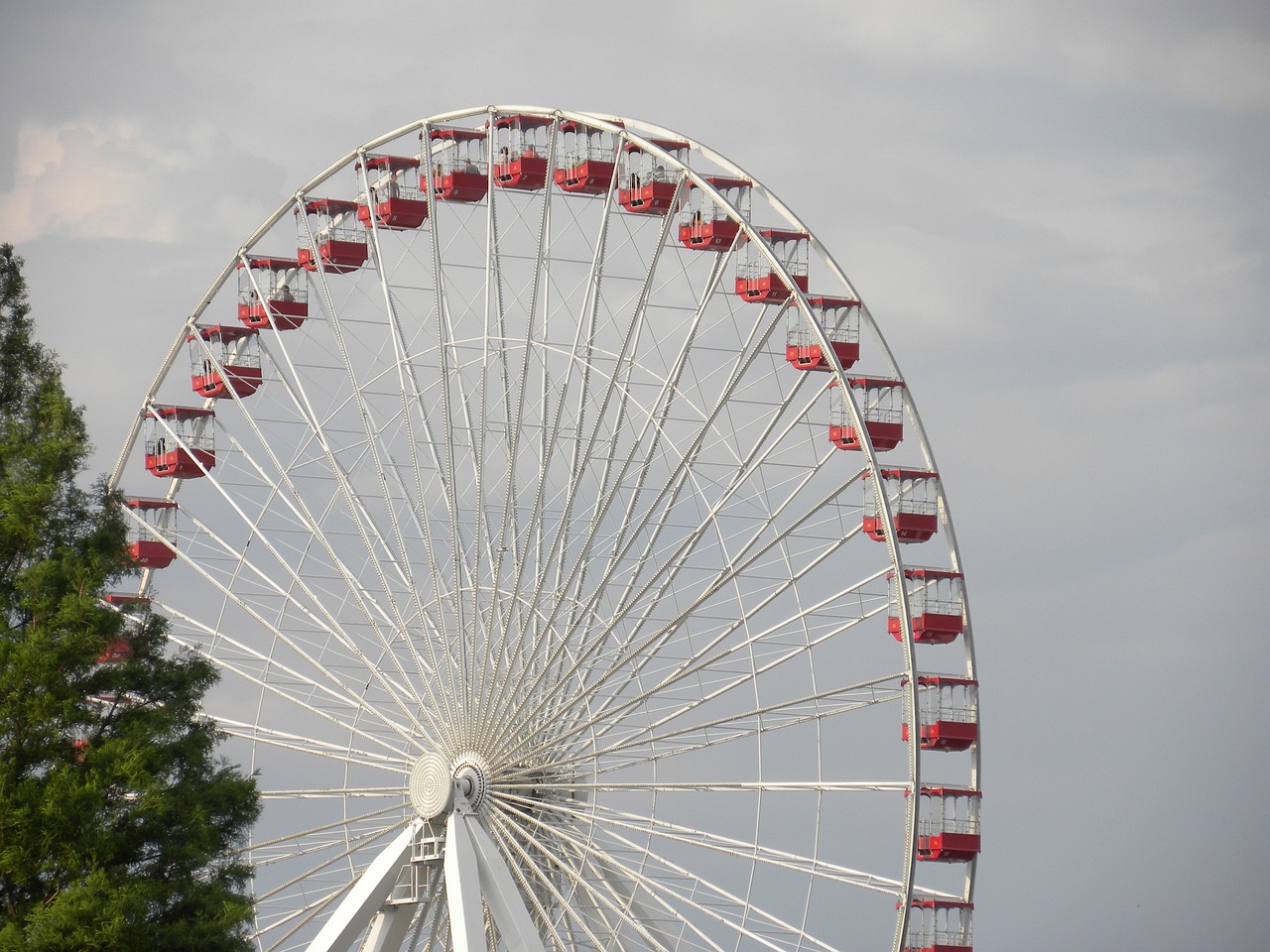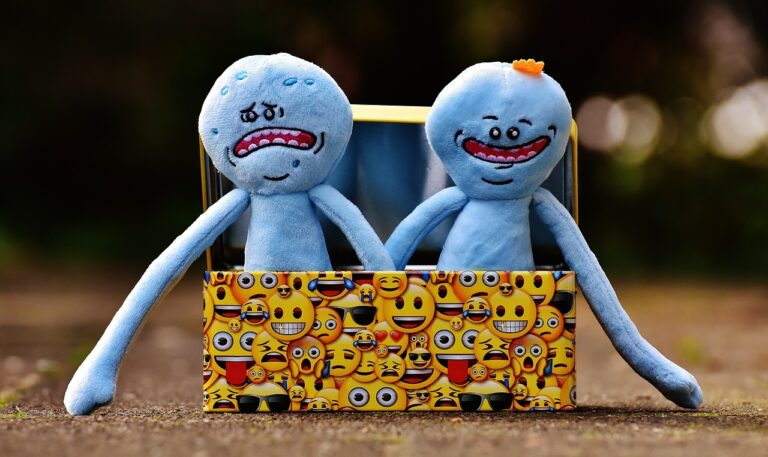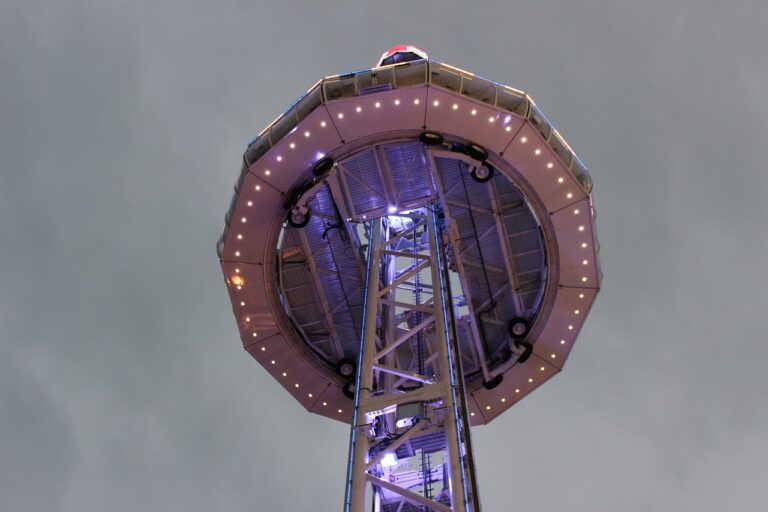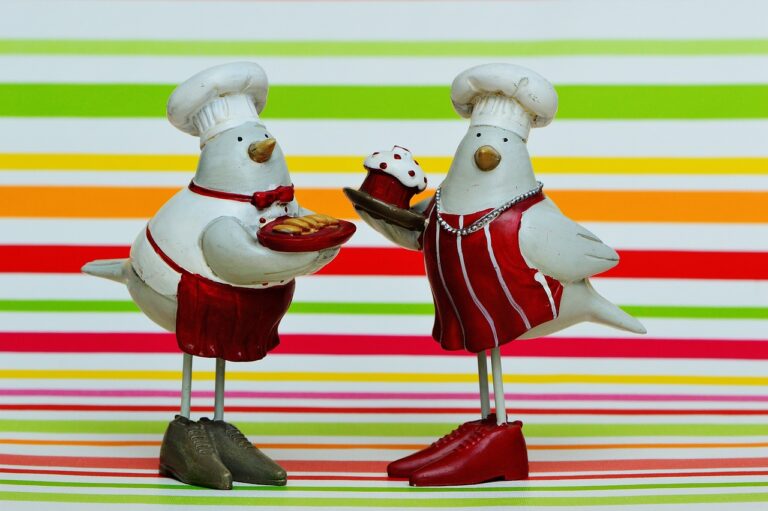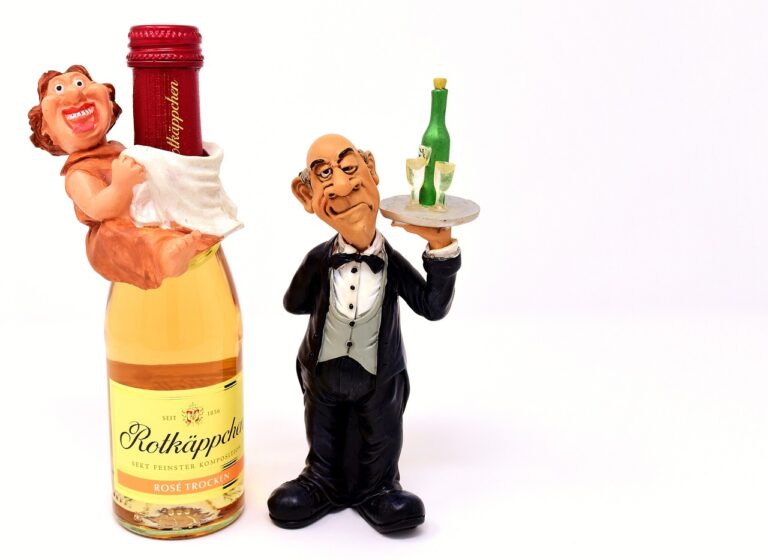The Role of Set Design in Creating Immersive Worlds
Set design is an integral part of creating immersive worlds in various forms of media, including film, television, theater, and video games. It plays a crucial role in establishing the atmosphere, tone, and overall visual aesthetic of a production. From elaborate costumes to intricate props, every detail of a set is carefully designed to transport viewers to a different place and time. In this article, we will explore the importance of set design in creating immersive worlds and how it enhances the audience’s experience.
Setting the Scene
One of the primary functions of set design is to set the scene and establish the world in which the story takes place. Whether it’s a futuristic spaceship, a medieval castle, or a bustling city street, the set provides the backdrop against which the characters interact and the story unfolds. By creating a believable and visually stunning environment, set designers help to immerse the audience in the world of the production and make it feel more realistic and engaging.
For example, in a period drama set in Victorian England, the set design would include elaborate sets with detailed furnishings, costumes, and props that reflect the time period. This attention to detail helps to transport viewers back in time and immerse them in the world of the story. Similarly, in a science fiction film set on a distant planet, the set design would include futuristic technology, alien landscapes, and otherworldly creatures that create a sense of wonder and excitement.
Creating Mood and Atmosphere
Set design also plays a crucial role in creating mood and atmosphere within a production. By carefully selecting colors, textures, lighting, and other design elements, set designers can evoke a wide range of emotions and enhance the overall tone of the story. For example, a dark and ominous set with dim lighting and shadowy corners can create a sense of suspense and tension, while a bright and colorful set with cheerful decor can evoke feelings of joy and happiness.
In addition to enhancing the emotional impact of a production, set design can also help to convey important thematic elements and underlying messages. For example, a cluttered and chaotic set might reflect the inner turmoil of a character, while a sleek and minimalist set could symbolize their desire for order and control. By using design elements to convey subtext and symbolism, set designers can add depth and complexity to the storytelling and enrich the audience’s experience.
Enhancing Performance and Movement
Set design not only creates a visual backdrop for a production but also influences the performance and movement of the actors within that space. The layout and design of a set can affect how characters interact with their surroundings, move through the space, and engage with each other. For example, a set with multiple levels, hidden passages, and secret doors can create opportunities for dynamic and exciting staging, while a claustrophobic and confined set might convey a sense of confinement and restriction.
Furthermore, set design can also affect the way that the audience perceives the characters and their relationships. By creating a carefully designed environment that reflects the personalities and motivations of the characters, set designers can help to deepen the audience’s understanding of the story and the characters within it. For example, a character who lives in a cluttered and disorganized apartment might be perceived as chaotic and unpredictable, while a character who lives in a sleek and modern penthouse might be seen as sophisticated and refined.
Collaboration and Creativity
Set design is a collaborative process that involves close coordination between the production designer, art director, set decorator, and other members of the creative team. Each person brings their unique skills and expertise to the table to create a cohesive and visually stunning world that enhances the storytelling and engages the audience. By working together to brainstorm ideas, problem-solve challenges, and bring their creative vision to life, the team can create a truly immersive and memorable experience for viewers.
Additionally, set design allows for a high degree of creativity and innovation, as designers are not bound by the constraints of reality and can let their imaginations run wild. Whether it’s creating a fantastical world from scratch or reimagining a historical period with a modern twist, set designers have the freedom to experiment with different styles, materials, and techniques to bring their vision to life. This creative freedom allows for endless possibilities and ensures that each production is unique and visually striking.
The Future of Set Design
As technology continues to advance and new tools and techniques become available, the possibilities for set design are expanding and evolving. Virtual reality, augmented reality, and other immersive technologies are increasingly being used to create hyper-realistic and interactive sets that blur the lines between the physical and digital worlds. These cutting-edge technologies allow for even greater levels of immersion and interactivity, enabling audiences to explore and interact with the world of the production in new and exciting ways.
Furthermore, as storytelling becomes more global and diverse, set designers are being called upon to create worlds that reflect a wide range of cultures, perspectives, and experiences. By drawing inspiration from different artistic traditions, historical periods, and geographical locations, set designers can help to create inclusive and authentic representations of the world that resonate with audiences from all walks of life. This commitment to diversity and representation ensures that set design remains relevant and impactful in an increasingly interconnected and multicultural world.
FAQs
What is the role of set design in creating immersive worlds?
Set design plays a crucial role in creating immersive worlds by setting the scene, establishing mood and atmosphere, enhancing performance and movement, and fostering collaboration and creativity.
How does set design enhance the audience’s experience?
Set design enhances the audience’s experience by transporting them to a different place and time, evoking emotions and reactions, conveying thematic elements and underlying messages, and deepening their understanding of the story and characters.
What are some examples of iconic set designs in film, television, and theater?
Some examples of iconic set designs include the spaceship in “2001: A Space Odyssey,” the castle in “Game of Thrones,” and the neon-lit streets of Tokyo in “Blade Runner.”
How is technology shaping the future of set design?
Technology is shaping the future of set design by enabling the creation of hyper-realistic and interactive sets using virtual reality, augmented reality, and other immersive technologies.
How can set designers ensure diversity and representation in their work?
Set designers can ensure diversity and representation in their work by drawing inspiration from different cultures, perspectives, and experiences, and by creating inclusive and authentic representations of the world that resonate with diverse audiences.

